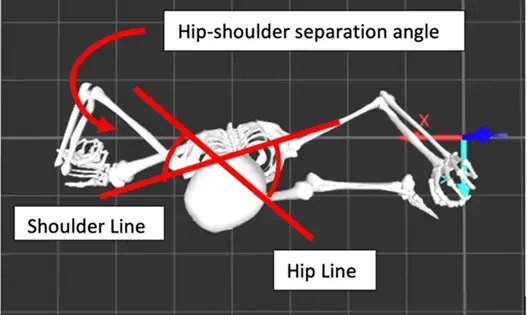The Hitter’s Attention Zone Taught by Spades Pitching Lessons in Naperville
- Thomas Nelson
- Apr 1, 2024
- 2 min read
The Hitter’s “Attention Zone” or AZ, is simply where the hitters’ focus is at. This is determined by a few different things. First, location of the pitch and the impact that effective velocity has on it. Second, where were the last 2 pitches thrown. Lastly, avoiding the danger zone.
Spades pitching lessons in Naperville ensures our athletes understand that 80% of hard-hit balls are on the pitcher for hitting the hitters’ bat, not that the hitter hit them. This should be a pretty comforting number to hear, as it means that we as pitchers are in control of a lot more than the hitter is.
The main components of a hitters’ AZ were discussed earlier in this article. The first is the pitch location and the impact effective velocity has on it. For example, let’s say we have a left-handed hitter up at the plate. We throw a fastball middle in to begin the at bat. The hitter’s attention is now slightly sped up since we know that throwing middle in adds approximately 2 MPH to the radar gun. The second is knowing where our last 2 pitches were, so after our fastball middle in, we come back with a changeup that is low and away for a strike. We know that the change up low and away in the strike zone is approximately subtracting 4 MPH off the radar gun. Now we have slowed the batter down. We now have the approximate AZ of our hitter; it will be right in the middle of our last two pitches effective velocity MPH. If the fastball was at 80 on the radar gun but 82 in effective velocity MPH and the change up is at 72 on the radar gun but 68 in effective velocity MPH the hitter’s attention zone would be at approximately 75 MPH.
The last critical piece of information is to know the danger zone. At Spades pitching lessons in Naperville, we talk about the danger zone often with our athletes. Anything that is <6 EVMPH, is considered the danger zone. This is because the hitter is timed up to cover anything within a 5 MPH range. We must ensure we either throw above the AZ or slow it down to keep the batter away from hard contact. From our last blog, we spoke about liquid pitching. Which again allows us to flow off our previous pitch, while we now introduce the hitter’s attention zone into the mix to ensure we are constantly aware of where the hitter is timed up to hit the ball the hardest. By staying away from the danger zone, we can dramatically cut down the hard-hit balls against us.
At Spades pitching lessons in Naperville, we incorporate the hitters’ AZ into both our classroom sessions, as well as our competitive bullpens to drive home the importance of knowing where the hitter is most vulnerable.




Comments